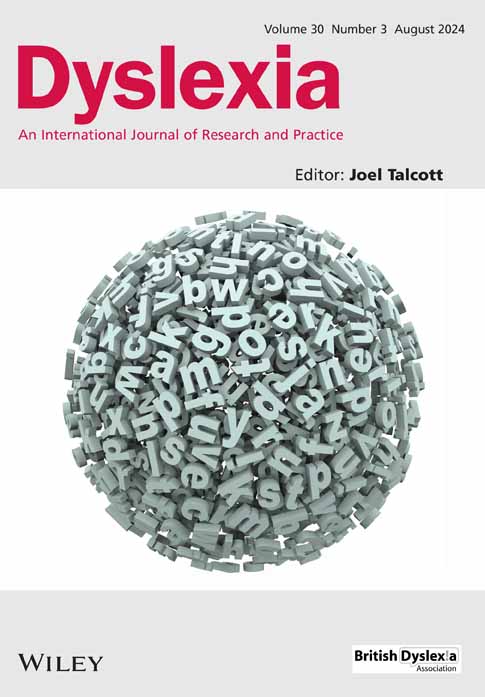Assessing students with dyslexia and other reading difficulties through multiple diagnostic assessments
Abstract
This article aims to assist practitioners in understanding dyslexia and other reading difficulties and assessing students' learning needs. We describe the essential components of language and literacy, universal screening, diagnostic assessments, curriculum-based measurement and eligibility determination. We then introduce four diagnostic assessments as examples, including norm-referenced assessments (i.e. the Comprehensive Test of Phonological Processing second edition and the Woodcock-Johnson IV Tests of Achievement) and criterion-referenced assessments (i.e. the Gallistel-Ellis Test of Coding Skills and the Dynamic Indicators of Basic Early Literacy Skills). Finally, We use a makeup case as a concrete example to illustrate how multiple diagnostic assessments are recorded and how the results can be used to inform intervention and eligibility for special education services.
CONFLICT OF INTEREST STATEMENT
The authors declare no conflicts of interest.
Open Research
DATA AVAILABILITY STATEMENT
No data are available. It is a mock case study for the purpose of demonstration.




